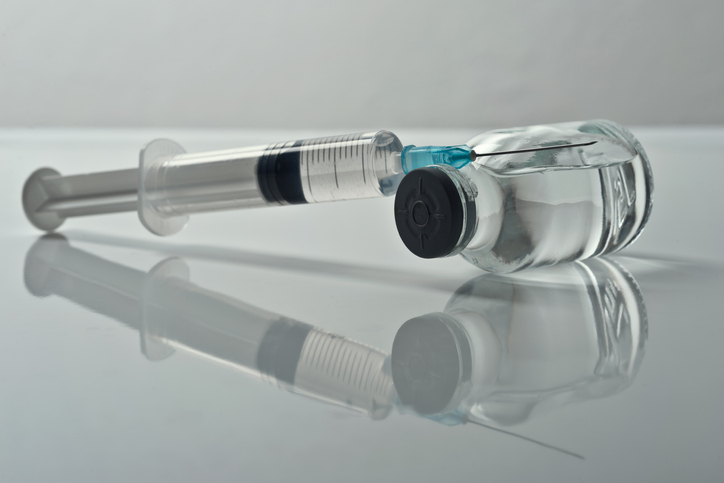Recent research has unveiled a significant link between caffeine consumption and rapid antidepressant treatments, particularly through the lens of adenosine signaling. A commentary by Dr. Julio Licinio and Dr. Ma-Li Wong in the journal Brain Medicine discusses how adenosine, identified as a crucial mediator in the effectiveness of treatments like ketamine and electroconvulsive therapy (ECT), is also the primary target of caffeine. This revelation raises questions about the implications of caffeine on mental health treatments worldwide.
Understanding the Mechanisms of Depression Treatment
For over twenty years, the rapid antidepressant effects of ketamine remained a mystery to researchers. Traditional treatments often took weeks to show results, while ketamine and ECT offered quicker relief. Professor Min-Min Luo and his team published a groundbreaking study in Nature, revealing that both interventions cause surges in adenosine levels within mood-regulatory brain circuits. Their findings demonstrate a clear connection: blocking adenosine receptors negates the therapeutic effects, while activating them replicates the antidepressant response.
This discovery invites a critical clinical inquiry: what role does caffeine play in this complex interaction? Dr. Licinio highlights the potential for caffeine to interfere with these treatments, as it blocks the same adenosine receptors essential for the efficacy of ketamine and ECT.
The Dual Nature of Caffeine Consumption
Chronic coffee consumption has been associated with a lower incidence of depression, suggesting an unexpected protective effect linked to adenosinergic modulation at a population level. However, Dr. Ma-Li Wong points out the paradox: patients often arrive for their ketamine infusions or ECT sessions having consumed coffee. This common practice raises concerns that caffeine may undermine the effectiveness of these treatments.
Licinio and Wong’s commentary synthesizes decades of clinical observations with Luo’s findings, emphasizing the need for further research to understand the implications of coffee consumption during treatment.
The exploration does not end with caffeine. Luo’s team has identified adenosine as a viable therapeutic target, revealing that controlled intermittent hypoxia—deliberate reductions in oxygen levels—can produce antidepressant effects through the same adenosine pathway. This noninvasive approach could offer a scalable alternative to ketamine and ECT, which are associated with risks such as potential abuse and cognitive side effects.
Dr. Licinio notes, “What is most intriguing is that Luo showed all three interventions, ketamine, ECT, and intermittent hypoxia, converge on adenosine.” This unified framework not only clarifies how these treatments function but also highlights how lifestyle factors, such as caffeine consumption, might affect their effectiveness.
The commentary emphasizes the need for carefully designed studies to address these questions. Dr. Licinio asserts, “The convergence of the world’s most prevalent psychoactive drug with the mechanistic lynchpin of our most effective rapid antidepressants is unlikely to be accidental.” Understanding this intersection could provide insights into both the widespread appeal of caffeine and the optimization of adenosine-targeted therapies.
By establishing adenosine as a pivotal mediator in depression treatment, Luo’s research offers a foundational understanding for future clinical strategies. Licinio and Wong’s analysis translates this mechanistic discovery into actionable questions, illustrating how various interventions achieve rapid antidepressant effects and why some patients may not respond as expected.
As research progresses, the implications of these findings could reshape therapeutic strategies for treating major depressive disorder, with adenosine signaling identified as a promising target for innovative, noninvasive interventions.
For those interested in further details, the commentary titled “Adenosine as the metabolic common path of rapid antidepressant action: The coffee paradox” is set to be published in Brain Medicine in 2025, alongside Luo’s original research in Nature.







